Much ado is made about invasive species — and with good reason. Without local predators or disease, species from other countries can wreak havoc on ecosystems here in the United States. (Think lionfish in the Caribbean, pythons in the Everglades, Asian carp in the Mississippi, etc.)
But what about invasive species from the US? Unfortunately, several of our amazing native flora and fauna have been unintentionally (or intentionally) exported elsewhere in the world, with similar catastrophic consequences.
Here, we list seven American species causing ecological mayhem abroad.
-
Racoons Run Rampant in Europe & Japan
Europe & Japan
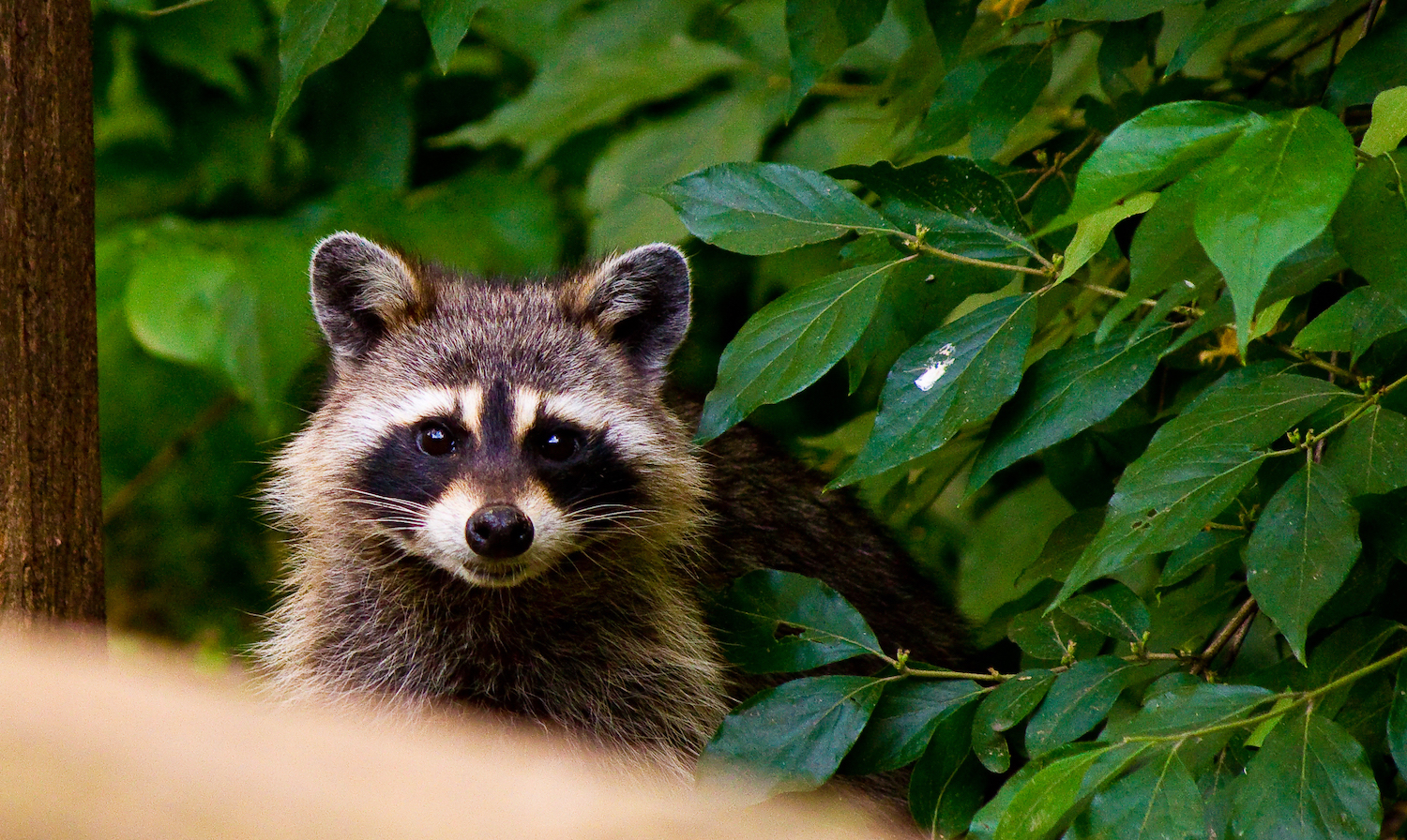
Peekaboo! Racoons are an invasive species in Japan and Europe. Photo © Kevin Chodzinski /Flickr Unfortunately, our loveable little masked bandits are, well, too lovable.
Thanks to purposeful introductions, raccoons are an invasive species in Europe and Japan. Germany has the largest population in Europe — numbering more than 1 million in 2012 — and they’ve spread to all of its neighboring countries. (Some of the first German raccoons escaped when an airstrike hit a fur farm during World War II.)
Other populations occur in Madrid, the Lombardy region of Italy, and northwestern France, where pets were released near a US Air Force base. More than 1,000 raccoons were introduced in parts of the former Soviet Union in the hopes of starting a fur industry, and now two remnant populations exist in Azerbaijan and south of Belarus.
In Japan, the popular 1970s cartoon series Rascal the Raccoon resulted in more than 1,500 raccoons being imported as pets. Well, we know how that goes. The pet raccoons were just a little too rascally for their owners, who — like the book’s main character — released their pets back into the wild.
Invasive raccoons cause the usual garbage-stealing mayhem, but they also carry rabies and other diseases. In Japan, scientists estimate that raccoons cause an estimated $300,000 USD worth of damage to agricultural crops every year on just one small offshore island. And in at least one location they even damage historic temples with their claws and abundant poo.
Rascals indeed.
-
Largemouth Bass Gobble Everything In Their Path
North America, South America, Europe, Asia, & Africa
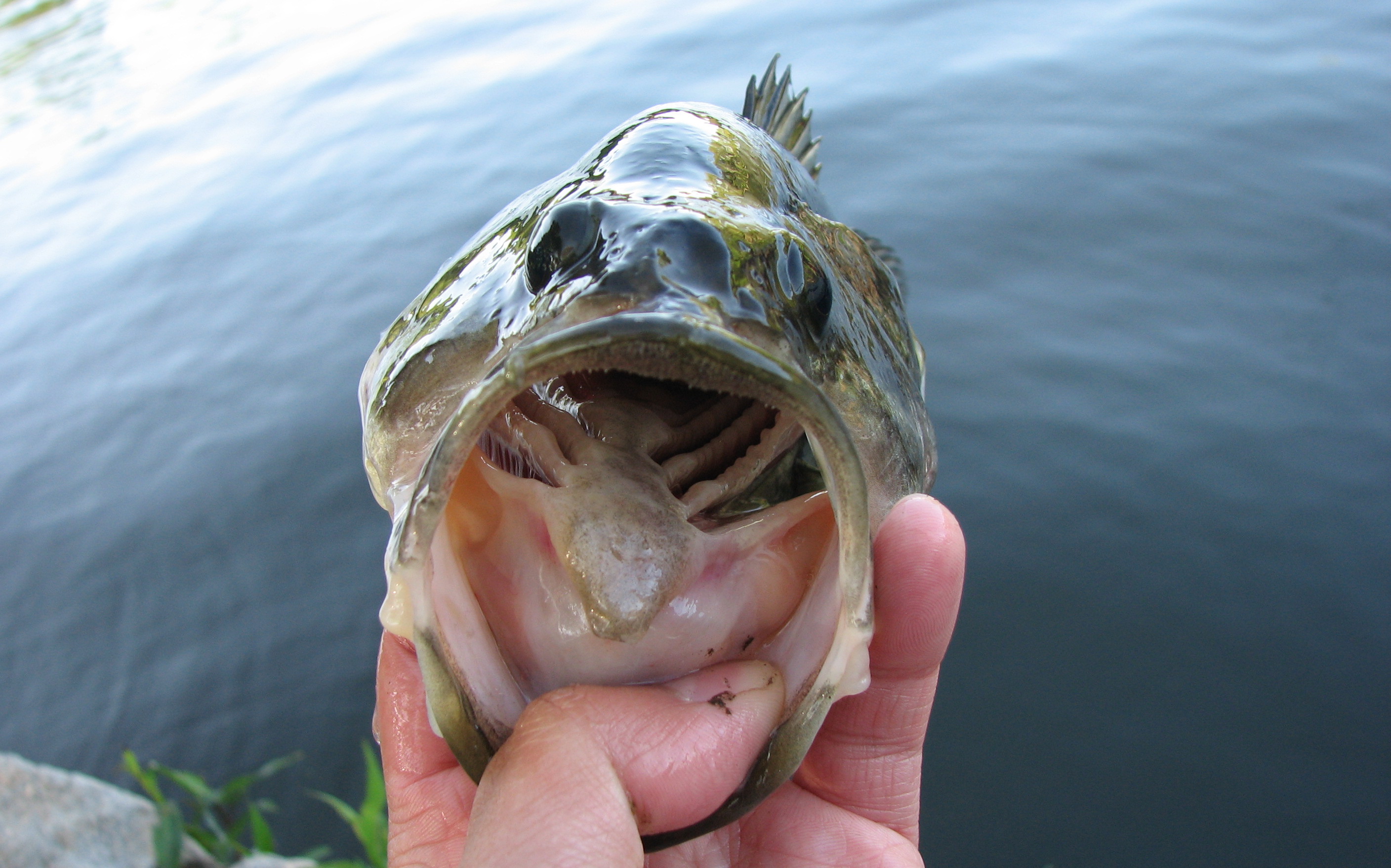
Open wide! A largemouth bass. Photo © Wil / Flickr As American anglers know, the largemouth bass is quite a fish — it’s big, tasty, and puts up a great fight.
Unfortunately, those same qualities made it a popular candidate for deliberate introduction outside of the US. Bass now swim through the waterways of southern Africa, Europe, New Zealand, Japan, China, Canada, and the Americas.
Bass are carnivorous, gobbling up other fish, invertebrates, amphibians, insects, and even birds or mammals that fall into the water. Invasive bass are responsible for the extinction of Guatemala’s Atitlan Grebe, as well as the decline or extinction of several smaller native fish and amphibian species throughout the world.
-
Red-eared Sliders Go From Pets to Pests
North America, Europe, Asia, Africa, Australia, Pacific Islands, & the Middle East
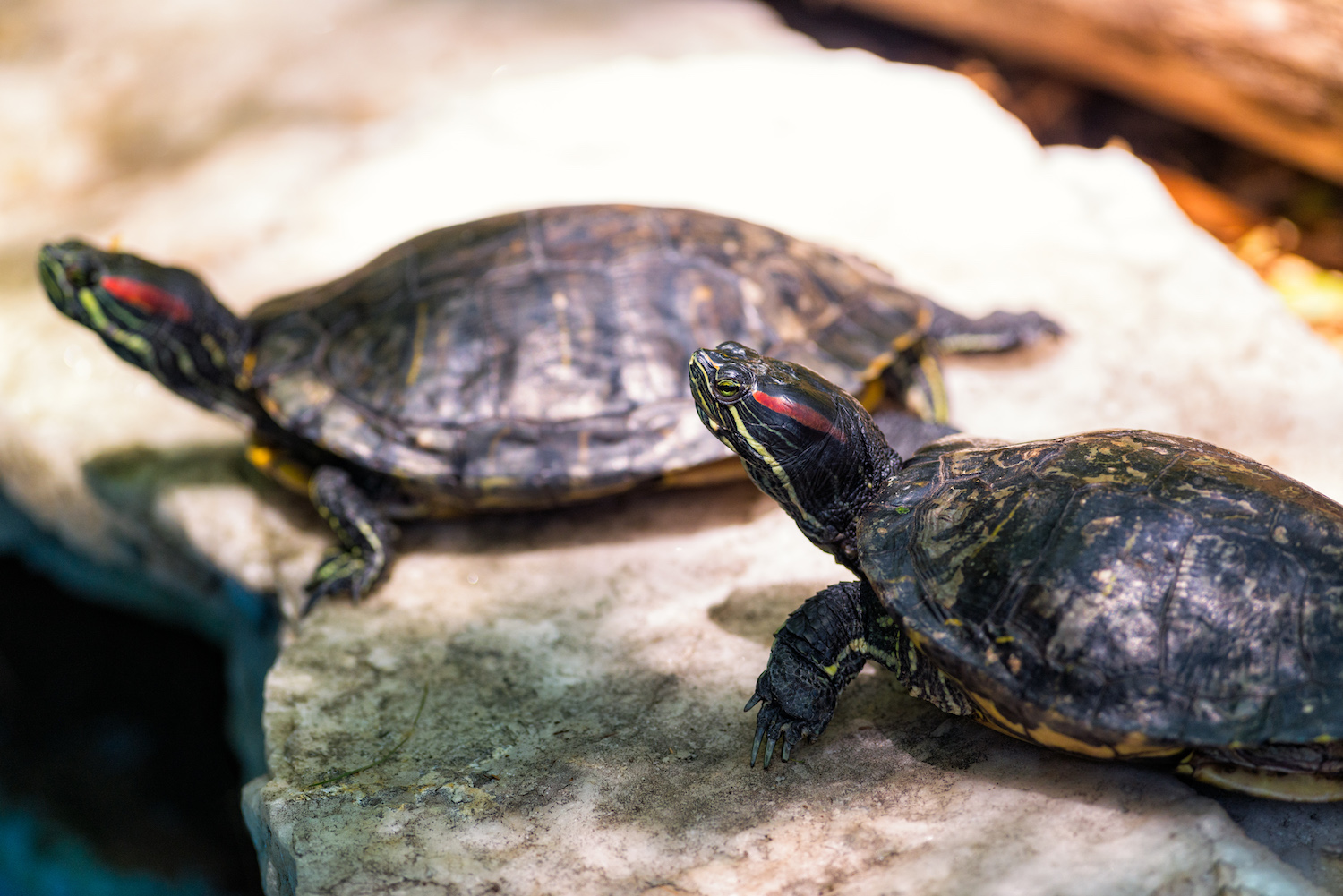
Red-eared sliders sunning on a log. Photo © Eric Kilby / Wikimedia Commons If you live in the southern US, you’ve probably heard the distinctive “plonk!” of a sunning turtle sliding beneath the surface. And there’s a good chance that one or more of those turtles was a red-eared slider, named for the distinctive red stripe along their head.
But what you might not have realized is that the red-eared slider ranks amongst the 100 worst invasive species in the world. The species is the most popular turtle in the global pet trade, with more than 52 million individuals exported from the United States between 1989 and 1997, according to the IUCN.
Red-eared sliders can grow quite large and live for 40 years, so many pet owners tire of their turtles and set them free in the nearest waterway. Sliders are now established in the western US, Australia, New Zealand, Europe, Great Britain, South Africa, the Caribbean, the Middle East, Southeast Asia, and several Pacific Islands. (If you’re counting, that’s every continent except Antarctica.)
While some nations have banned importing or even owning a pet red-eared slider, the species is still sold on the illegal wildlife market.
Like many other invasives, sliders often out-compete native species for food, basking sites, and nesting sites. Red-eared sliders tend to mature faster and produce more offspring than native turtles, helping their populations boom.
-
Mink on the Move in Patagonia & Europe
Chile, Argentia, & Europe
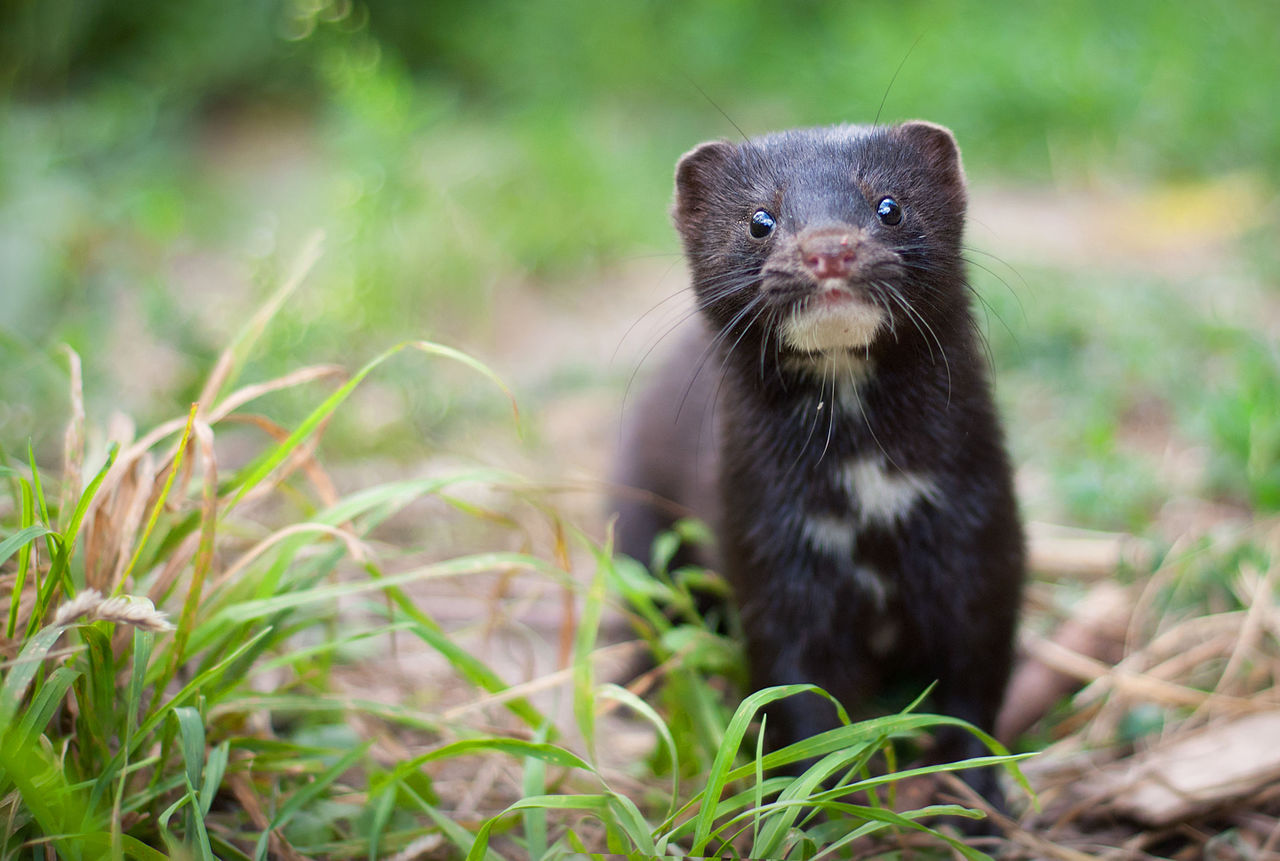
An American mink. Photo © Ryzhkov Sergey / Wikimedia Commons Many Americans have never seen a mink — unless you count Grandma’s fetid old fur coat tucked away in the hall closet. Related to weasels, these adorable little mustelids live in the rivers and lakes of North America.
But thanks to the fur industry, they’re also running rampant in Europe and South America. Mink were deliberately introduced to Chile and Argentina in 1930 for commercial fur production. They now pose a serious threat to native birds, like the critically endangered Hooded Grebe. Mink are carnivorous, and a single animal can easily wipe out an entire grebe breeding colony.
The situation in Europe is similar, with mink imported from 1920 to the 1950s for fur production. Self-sustaining populations now live on the Iberian peninsula, Norway, the United Kingdom, eastern Europe, and Iceland. American mink pose a serious threat to native species like the European mink and Pyrenean desman, an aquatic mammal related to moles and shrews.
-
American Bullfrogs Hop Through Four Continents
North America, South America, Europe, & Asia
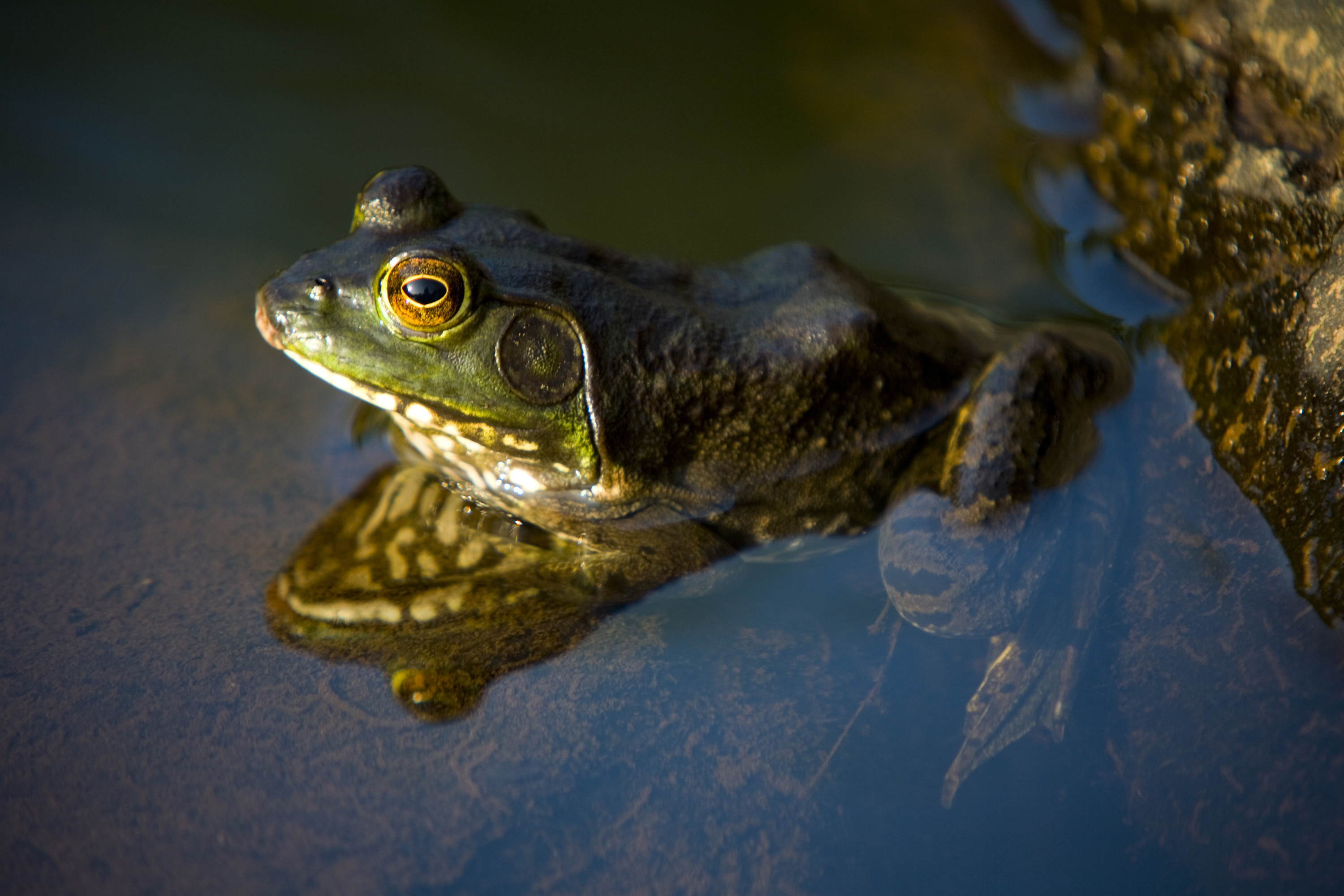
A bullfrog (rana catesbeiana) swimming in a vernal pool at Dye Creek Preserve, California. Photo © Ian Shive / TNC You might have heard of the now-infamous cane toads invading Australia. But they’re not the only large, menacing amphibian hopping through foreign countries.
The American bullfrog, native to the eastern US, is an invasive species in 40+ countries around the world, including parts of South America, the Caribbean, Europe, China, South Korea, and Japan. They’re also an invasive species within North America itself, with introduced populations in the western US, Canada, and Mexico.
These populations arose from a combination of intentional release (as a food source or biological control agent), escapees from breeding facilities, or wayward pets.
Wherever they go, bullfrogs are both eating and outcompeting native amphibians. Like other invasive species, they are aided by a combination of few predators and prolific breeding rates. One female bullfrog can lay as many as 20,000 eggs at a time, and their tadpoles are less palatable to predators than those of native species.
Think it can’t get any worse? Just wait: Research also suggests that American bullfrogs are carriers of the deadly chytrid fungus, though they themselves are immune to the disease. So not only do they gobble up both native frogs and their food sources, they carry a deadly disease as well.
-
Squirrels Go From Garden Accessories to Invasive Species
Canada, Europe, South America, & (formerly) Australia
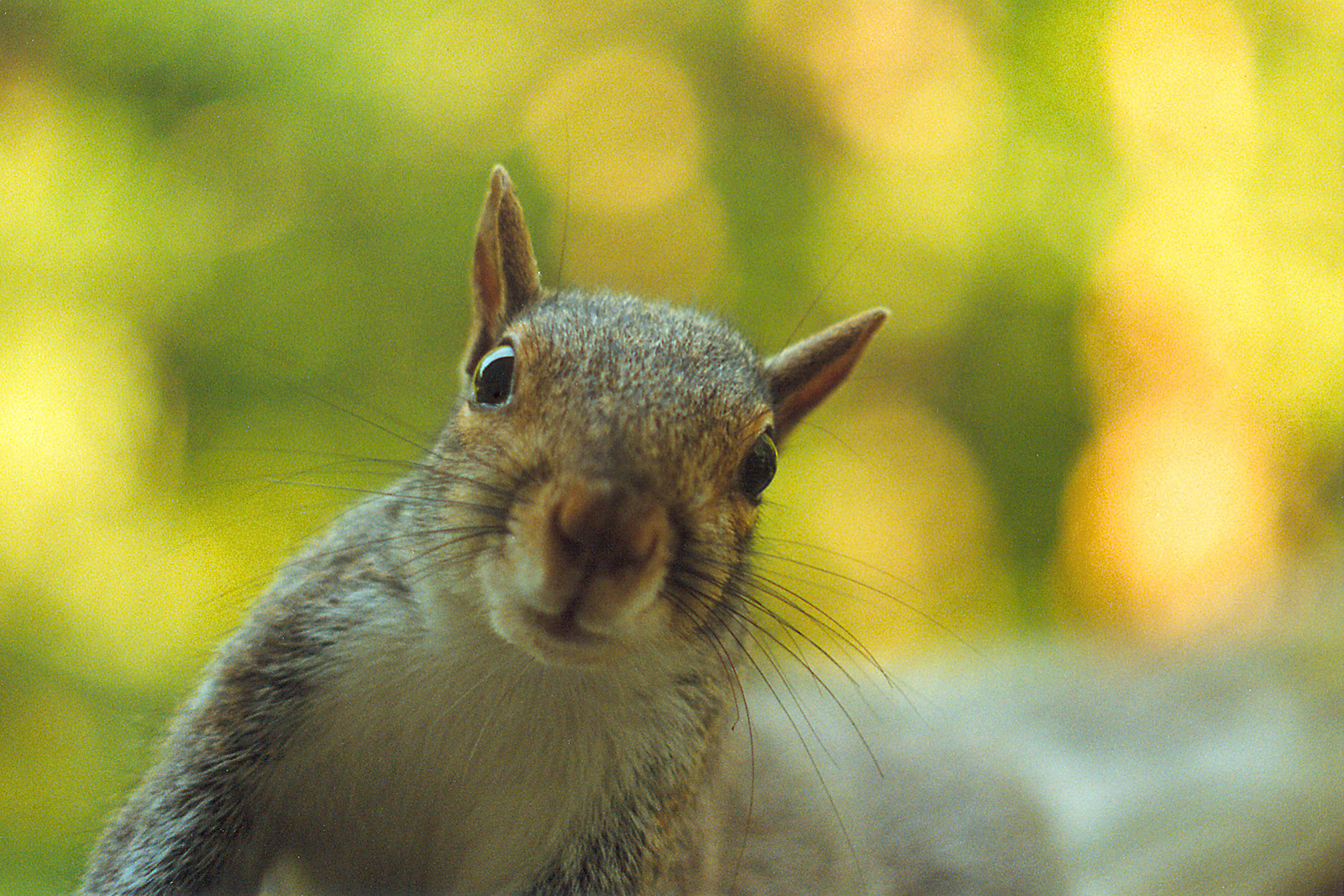
An eastern grey squirrel in Massachusetts. Photo © Cheryl Rose That’s right — those cute little squirrels gamboling about your yard are an invasive species.
It all started in 1876, when a Victorian banker returned from a visit to American with two eastern grey squirrels and decided to release them into his garden. Unfortunately, this started a new trend for exotic squirrels as garden accessories, and others followed suit. The species was later introduced to continental Europe (both accidentally and deliberately) several times throughout the 1900s.
Unfortunately, the American invaders are threatening native red squirrels by competing with them for food and habitat. Grey squirrels also spread the deadly squirrelpox virus, which causes lesions on the face, feet, and genitals. While grey squirrels often survive the disease, their European counterparts usually die within a week. And as more red squirrels die from disease, more habitat and food is available for the invaders.
Grey squirrels were also introduced to Vancouver Island, South Africa, and Australia — though Australia managed to extirpate the species in the 1970s.
Grey squirrels are also harming native plants. Squirrels weaken native trees by stripping bark from their branches, making them more susceptible to disease. In the UK, grey squirrels cause an estimate £14 million worth of damage to the forestry industry each year.
-
Rosy Wolfsnails Eat Other Snails to Extinction
Hawaii & the Pacific Islands

An invasive rosy wolfsnail in Hawaii. Photo © Patrick Feller / Flickr “Wolf snail” might sound like an oxymoron, but it’s not a misnomer. Native to Central America and the southern US, this voracious snail predator eats other species of snail and slug.
And that’s the problem. In (yet another) colossal whoopsie, people deliberately introduced the rosy wolfsnail to Hawaii and other Pacific Islands, where they hoped (with scant evidence) that it would control another invasive species, the giant African land snail. You can guess what happened next.
Instead of preying on the African land snail, the rosy wolfsnails started devouring Hawaii’s unique tree snail species. Many of these species have low reproductive rates, making them all too vulnerable to a voracious predator.
Since then, eight of Hawaii’s tree snail species have gone extinct. Scientists estimate that, since the year 1500, one-third of all island mollusk extinctions were caused by the rosy wolfsnail (and ultimately, humans.)
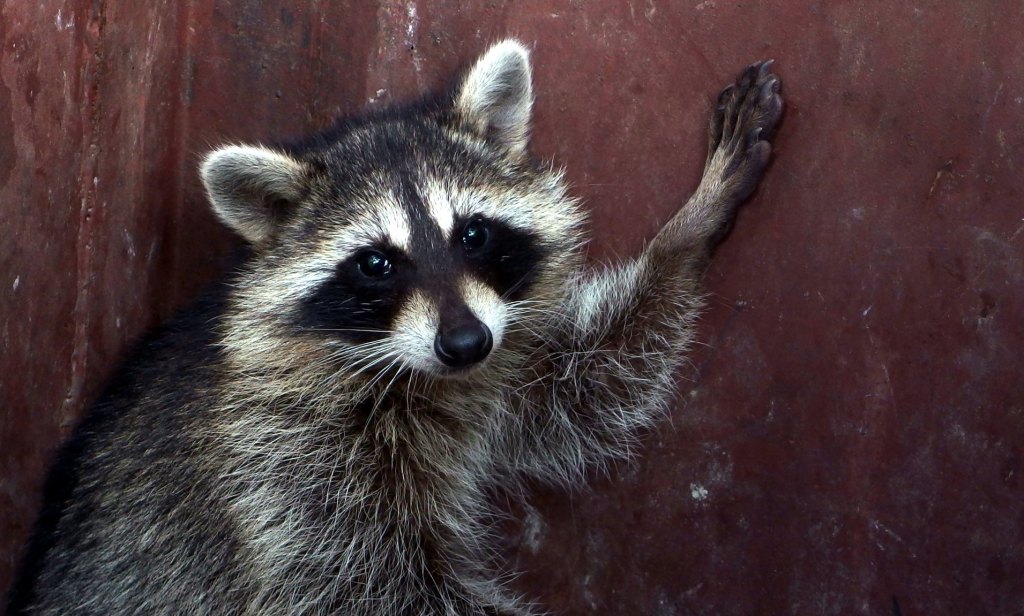



Interesting!
How many species of animals have humans hunted to extinction? Thinking about American buffalo/bison – how do we turn that skill against say Asian Carp? Money to buy caught fish by the pound would be a tremendous incentive – witness the frenzy of anglers in there high horsepower boats when the “walleye” run!
It’s crazy how many red-eared sliders there are in the pond behind our dumpster in Springfield, Mo. They are very annoying and they actually get huge.
Cats are a beloved pet in the U.S., which is why it comes as such a shock to many Americans that they are seen as a destructive invasive species here as well as in the U.S. and many other parts of the world. Historians believe ancient Egyptians were the first to domesticate cats, and that these pets spread to Europe during the Roman Empire. When Europeans colonized North America, they brought cats with them as pets.
This is a great interesting read. Though I am surprised it focused so heavily on animals, and vertebrates specifically. Some of the most destructive invasive imports, like emerald ash borer, Japanese knotweed, Dutch elm disease, hemlock woolly adelgid, are less obvious but are fundamentally restructuring the landscape. Are there any significant plant, insect, or fungal exports from North America?
Trotting toads & frogs are a common sight for us.Some are very clumsy & astonishing because of wildry nature.
Survival is the name of the game! Thank you Justine, for your article.
I have trapped well over three hundred red eared terrapins in the district around me house , but funding at the moment is a lost cause as the local councils run in the other direction at the mention of payment.
but we do what we can.
All countries should have such lists, and give a hand to solve the crisis done by this mess. Good article!!